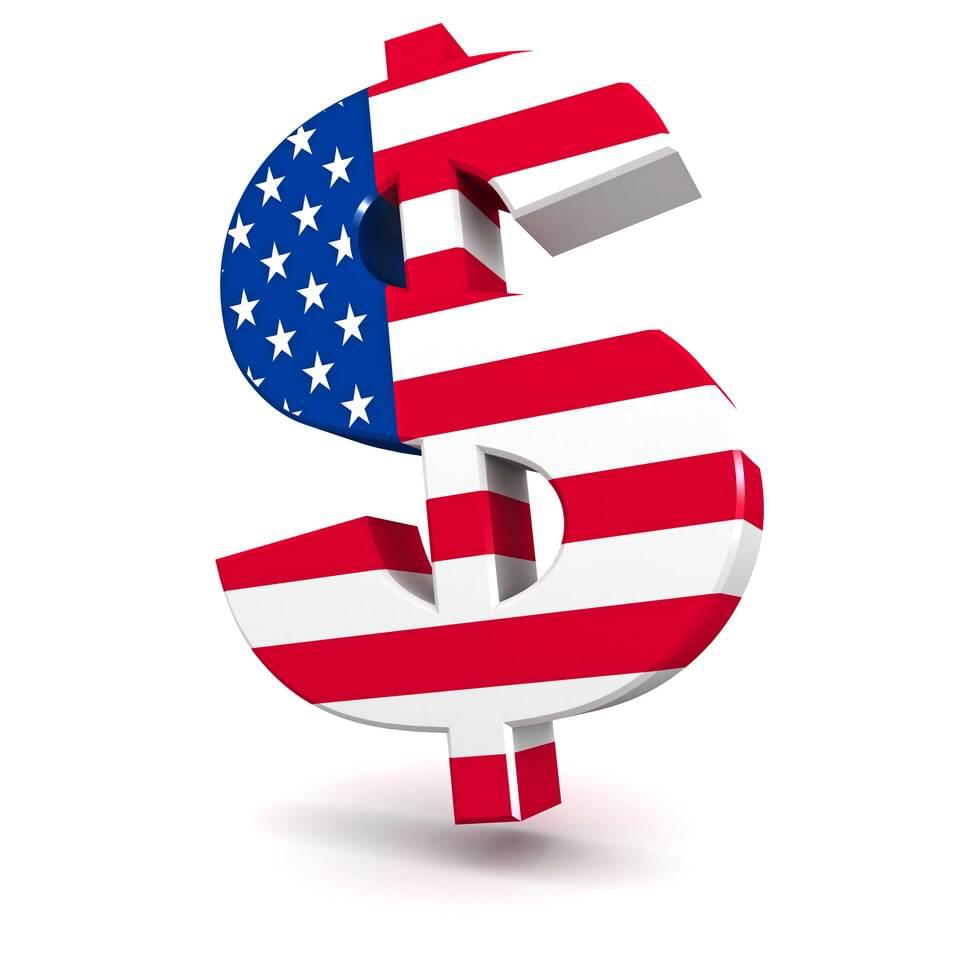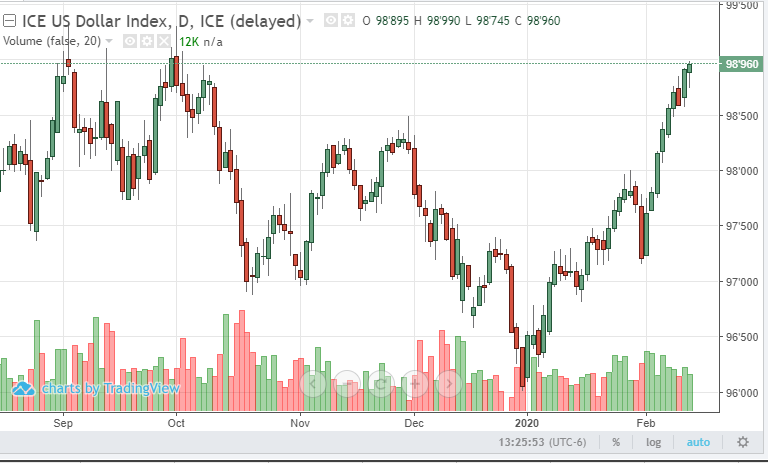
– U.S. dollar futures are higher yet again on Thursday afternoon, attempting to make a run over the 99 level to test the October high @ 99.305. Economic anxiety caused safe-haven buying in the dollar index as the coronavirus situation in China has gone from better to worse this week. After experimenting with new forms of detection, such as CT scans and ribonucleic-acid tests, there was a surge of over 14,000 additional cases coming out of the Hubei province alone. Side effects of the evolving virus situation include a slowdown in economic activity, so investors are looking toward the relatively strong U.S. economy for safe-keeping.
Furthermore, U.S. stock markets remain overvalued, so as investors move their money to the sidelines, cash markets aka the U.S. dollar will see strength. Meanwhile, the euro is in the grips of the ‘falling knife’ pattern on the charts. Trading at levels not seen since 2017, the euro moved as low as 1.0852 on Thursday with no signs of support. On the contrary, the British pound is holding up in the face of a stronger greenback. The currency of the UK is 0.71% higher on increased volume during Thursday’s trade. Technical projections signal more upside is to come. The Japanese yen stays depressed. This is not surprising in the face of a strong equity market. Should we see a stock market sell-off, yen futures are likely to move higher. Commodity currencies, like the Canadian and Australian dollar, remain in a short-term bearish pattern.



